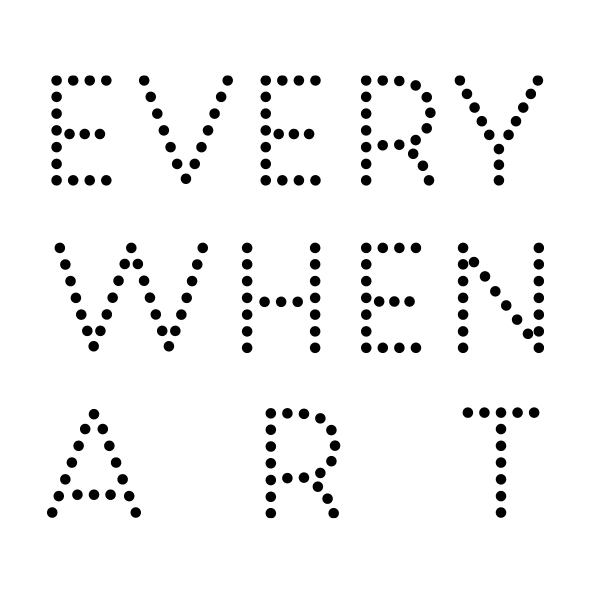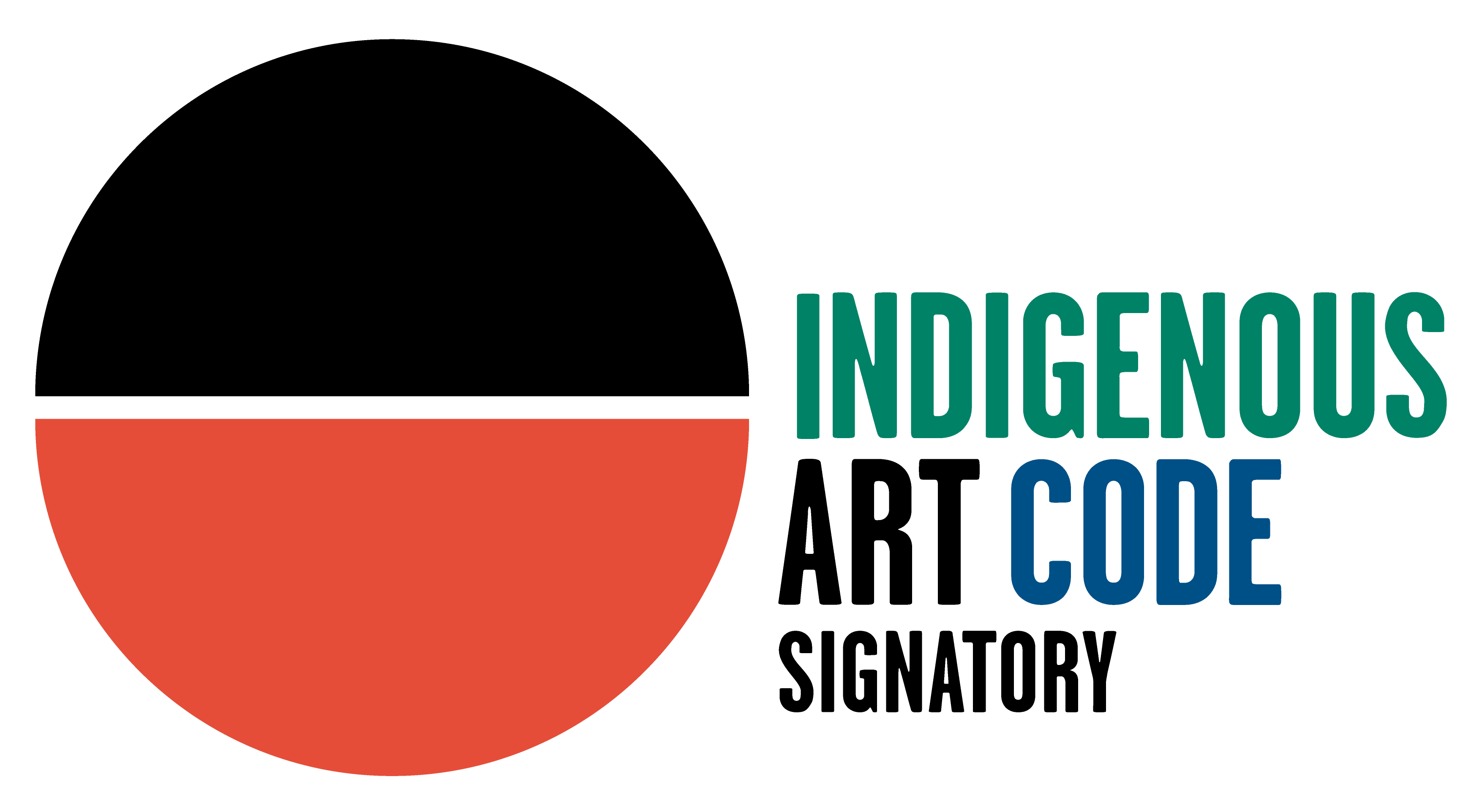Mabel Juli is one of the most dedicated and iconic of all artists of the famous Warmun school of East Kimberley painters. Born in 1932 at Five Mile, near Moola Boola Station (south of Warmun) Mabel was taken as a baby to Springvale Station, her mother's country. Mabel's 'bush name' is Wiringgoon. She is a strong Law and Culture woman and an important ceremonial singer and dancer. Juli started painting in the 1980s, at the same time as well-known Warmun artists Queenie McKenzie and Madigan Thomas. The women used to watch Rover Thomas paint and one day he said to tell them, 'You try yourself, you might make good paintng yourself'. Juli says, 'I started thinking about my country, I give it a try'. Juli is a dedicated, innovative artist who continues to work in natural earth pigments on canvas. She primarily paints the Ngarranggarni (Dreaming) stories of her country Darrajayin which is covered largely by Springvale Station.
Mabel started work on the station as a little girl, and as a young woman moved to Bedford Downs Station and Bow River Station to work. Juli's mother is Mary Peters. Juli is one of seven children - six boys and one girl, Mabel. Well known artist Rusty Peters who passed away in 2019 was Mrs Juli's brother. Mabel left Springvale Station to be with her promised husband. Together they moved to different cattle stations in the Kimberley, including Bow River and Bedford Downs. Mabel and her husband had six children. He passed away in 1982; Mabel was 42.
Mabel Juli's seniority and status as one of Australia’s most revered painters has emerged from a consistent and growing body of work characterised by bold yet simple compositions that are informed by nuanced and detailed stories passed onto Mabel from her family. Her work has featured in over one hundred group shows as well as several solo shows throughout her career. She has also been featured eight times as a finalist in the Telstra National Aboriginal and Torres Strait Islander Awards (since 1994). Mabel's Garnkiny Ngarranggarni and other dreamings continue to define the Australian Indigenous art canon; a testament to her iconic and striking expression of her Gija culture is yet again celebrated in 2018, when her Garnkiny and Bird artwork are animated in projections for "Badu Gili" on the sails of the Sydney Opera House.


